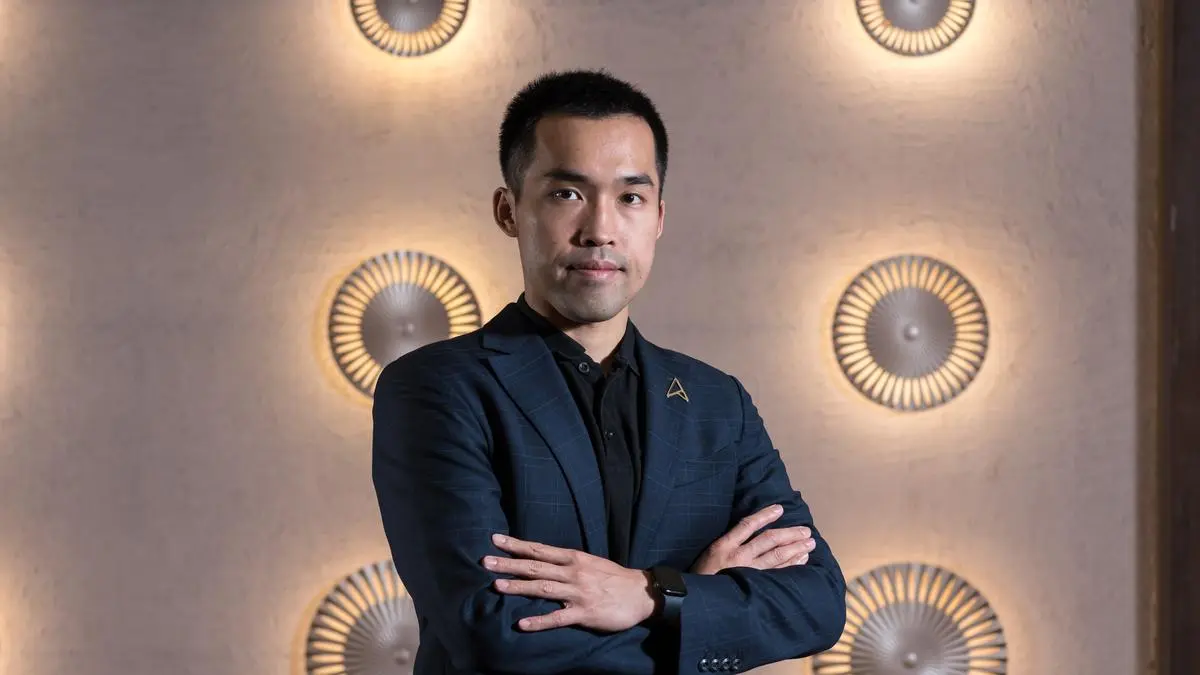By Siddharth Mathew Cherian
What trends are you seeing in India’s laptop market?
Arnold: We’re seeing that many people now buy gaming laptops not just for gaming, but for programming, graphic design and other intensive workloads. If we look at growth, the market for laptops with dedicated graphics has expanded 35 times since 2016. Back then, around 40,000 gaming laptops were sold annually in India. By last year, that number crossed 1 million. And even after crossing that milestone, sales in January to May grew another 10 per cent year-on-year.
Demand for laptops with GPUs continues to be strong. We’ve launched the latest Nvidia series, and all the models are doing well.
From a business standpoint, gaming laptops now account for one in four consumer laptops sold in India. ASUS leads this space, and we aim to grow our share to 30–40 per cent in the next six months.
Is ASUS doing anything to make gaming laptops more accessible to students or young professionals?
Arnold: Yes, we’ve designed our lineup to serve a wide range of users. Our gaming laptops range from ₹50,000 all the way up to ₹3–4 lakh — we cover every segment. Even our ROG ALLY handheld is priced at ₹37,990, which makes it a very accessible option. The ALLY isn’t just a gaming console. It can also function like a laptop when connected to an external monitor, so users can switch between entertainment and productivity easily. Whether you’re a casual gamer or a serious one, we want to offer a machine that fits your needs.
What sort of feedback are you getting from Indian Gen Z users? Are their expectations different from consumers from other age brackets?
Arnold: What we’re seeing is the beginning of interest in dedicated gaming consoles. India remains a mobile-first country where mobile gaming is still dominant, followed by PC gaming. Console gaming comes third.
This trend isn’t unique to India. In countries like Japan, Korea, Taiwan, and parts of Southeast Asia, Gen Z already engages heavily with consoles like the Sony PlayStation 5 and Microsoft Xbox. But here, adoption is still in its early stages. That’s why we’ve continued investing — we introduced the ROG ALLY in 2023 and the ALLY X in 2024 to help shape this market.
Is ASUS doing anything specific for women gamers who are a growing community in India?
Sangram: Yes, we launched the lightweight ASUS Gaming V16 this year based on insights from our research. We learned that many women prefer laptops that offer strong performance but remain under 2.5 kg, making them easier to carry.
From what we understand, many women gamers in India are casual players. They use their devices throughout the day for work, content, and light gaming. Like Arnold said, most gamers in India — men and women — start on mobile. This product aims to meet that day-to-day flexibility while still delivering serious performance when needed.
What is ASUS’ India gaming strategy for 2025?
Arnold: Our strategy is straightforward; we’re not here just to sell hardware. We want to build a gaming ecosystem and engage with our users. Through initiatives like ROG Academy, ROG Verse, and ROG Showdown, we’re enabling players to not just buy, but also experience gaming. For example, ROG Verse lets users book a 2–3 hour gaming session at a nearby store, try out devices, and see what works best for them.
